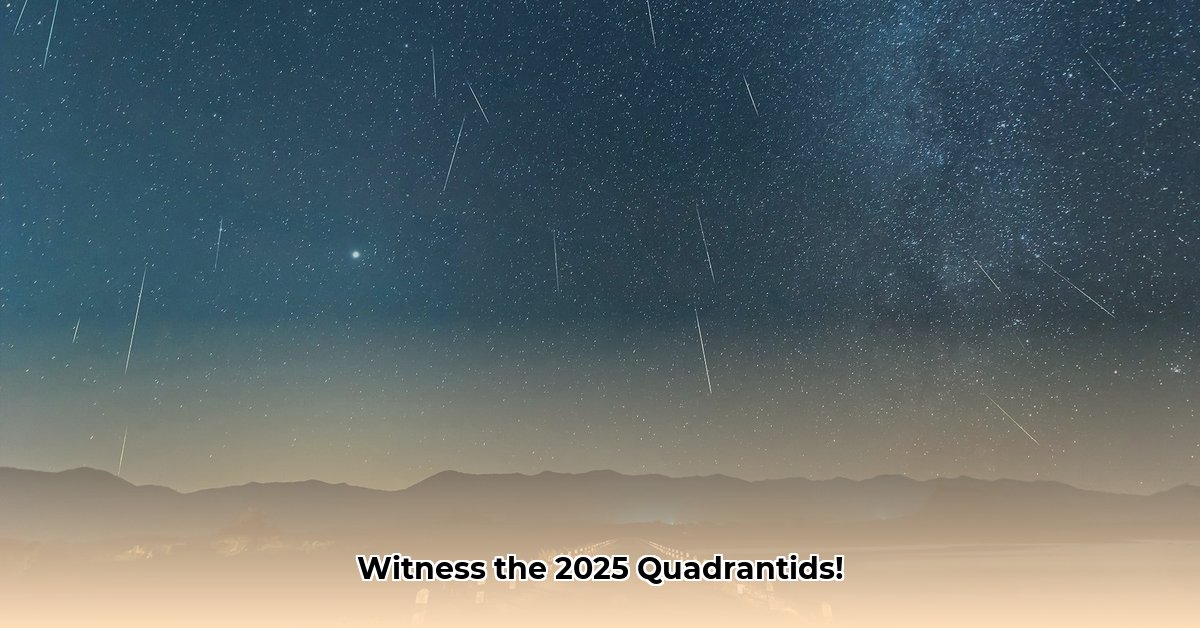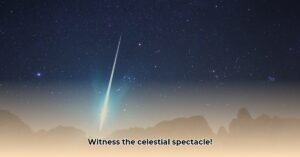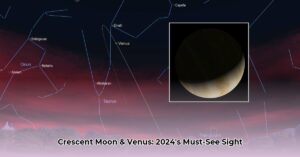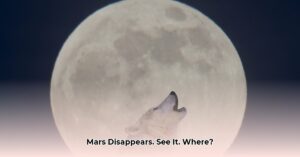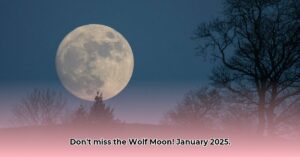Introduction: A Celestial New Year’s Celebration
Kick off 2025 with a dazzling display of celestial fireworks! The Quadrantid meteor shower, renowned for its vibrant fireballs, is the first meteor shower of the year. Unlike most meteor showers originating from comets, the Quadrantids likely stem from asteroid 2003 EH1, a possible “dead comet,” adding to their unique charm. This guide provides everything you need to witness this spectacular show.
Quadrantids at a Glance
| Feature | Details |
|---|---|
| Peak Date | January 3, 2025 |
| Peak Time (EST) | Around 4 a.m. |
| Radiant Point | Near the Big Dipper in the northeast sky |
| Best Viewing | Northern Hemisphere, dark locations |
| Hourly Rate | Up to 40 meteors per hour at the peak (potentially more) |
| Origin | Likely Asteroid 2003 EH1 |
Your Step-by-Step Viewing Guide
- Escape the City Lights: Find a dark location away from urban glow. The darker the sky, the more meteors you’ll see.
- Look Northeast: Lie flat on your back with your feet facing northeast. This positions you for the best view of the radiant.
- Adapt Your Eyes: Allow 30 minutes for your eyes to adjust to the darkness. This enhances your night vision.
- Be Patient: Meteor showers are unpredictable. Relax and enjoy the show!
Decoding the Quadrantids: Origin, Fireballs, and More
The Quadrantids are unique for several reasons:
- Asteroid Ancestry: Unlike most meteor showers originating from comets, the Quadrantids may derive from asteroid 2003 EH1. Research suggests this asteroid might be an extinct comet, a rocky remnant of a once icy body.
- Blazing Fireballs: The Quadrantids are famous for their bright fireballs. These larger particles create spectacular displays as they burn up in Earth’s atmosphere. Some experts believe that the fireballs may be the result of the higher density of this asteroid’s debris field.
- Short Peak Window: The peak viewing period is relatively short, lasting only a few hours. Precise timing maximizes your chances of seeing the most meteors. This is likely because the debris stream from 2003 EH1 is relatively narrow.
Tips for an Enhanced Viewing Experience
- Red Light Friendly: Use a red-filtered flashlight to preserve your night vision while navigating in the dark.
- Stay Warm: Dress in layers and bring blankets. January nights can be cold, especially during the pre-dawn hours.
- Capture the Moment (Optional): If you’re into photography, a wide-angle lens and tripod can capture stunning images. Experiment with long exposures to capture multiple meteors. While telescopes and binoculars aren’t recommended for meteor viewing (they restrict your field of view), they can be used to observe other celestial objects while you wait.
A Ghostly Constellation: The Tale of Quadrans Muralis
The Quadrantids take their name from the now-defunct constellation Quadrans Muralis, the “Wall Quadrant.” Though no longer officially recognized, its name persists through this annual meteor shower, a reminder of the ever-evolving understanding of the cosmos.
The 2025 Quadrantids: What to Expect
The waning crescent moon will create favorable dark sky conditions for the 2025 Quadrantids. While meteor shower predictions always carry a degree of uncertainty, current estimates suggest an impressive display. Remember, the actual number of meteors you see can vary depending on sky conditions and your location.
Related Resources
Conclusion: A Cosmic Start to the New Year
The Quadrantid meteor shower offers a unique and breathtaking way to begin 2025. So, mark your calendars, find a dark spot, and prepare to be amazed! Share your viewing experiences and photos on social media!

